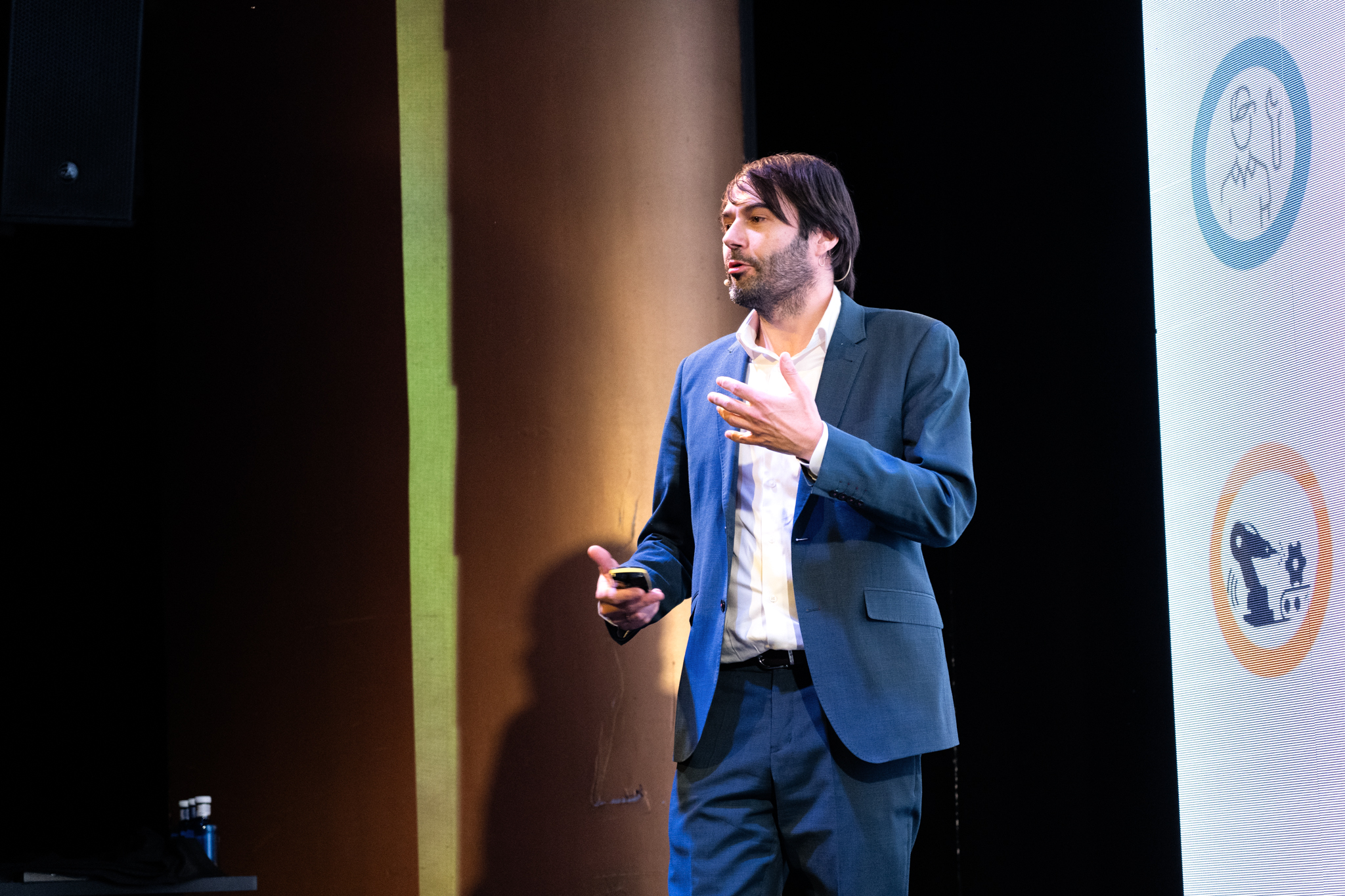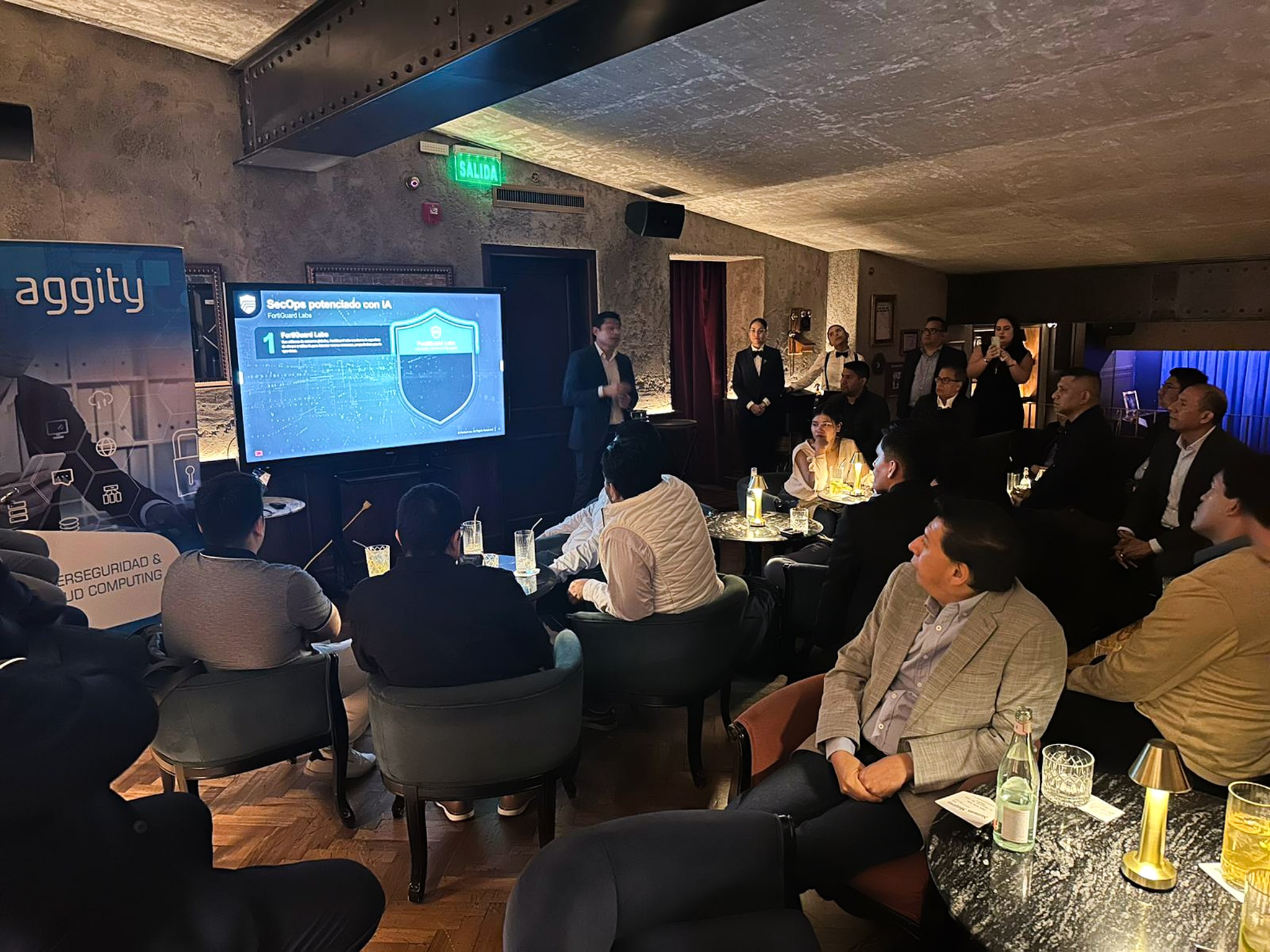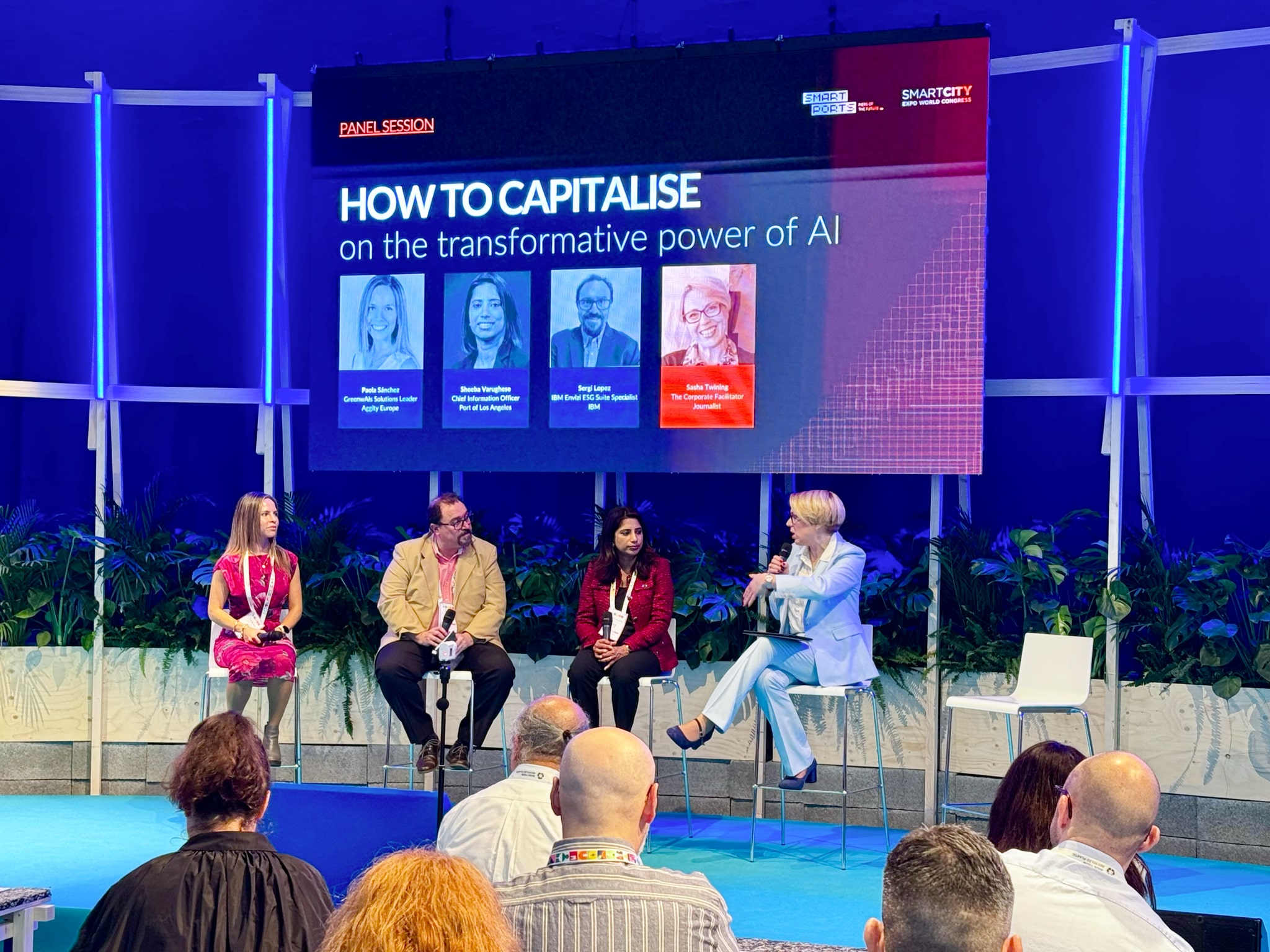How to implement Geolocation Marketing to increase sales

Geolocation marketing is essential for marketers looking to personalize their customers’ experience and maximize the impact of their campaigns. In this article we will discover how to implement various strategies to improve interaction and increase sales.
Tabla de contenidos
ToggleDiscover how geolocation marketing can elevate your engagement strategies and effectively increase your sales.
As its name suggests, geolocation marketing is based on knowing the geographic location of a person who is either a customer of a brand or a potential customer. Its big advantage is that by leveraging location data, companies can run location-based advertising campaigns, offers or customized content to a very specific audience.
In this way, companies and, specifically, marketing departments can improve the effectiveness of their communications, increase conversion rates and strengthen customer loyalty or customer engagement. But how do you execute a geolocation marketing strategy?
Analysis and segmentation
Geographic segmentation is one of the most widely used segmentation marketing strategies. Obviously, the first step is to geolocate users. Once users have given their permission, the company must employ geolocation technologies that allow it to know the location of its customers. This includes the use of GPS in mobile devices, the use of geofencing tools for marketing or they can also use engagement in social networks to know where users are.
From here, and with the data obtained from each of the customers, the marketing department should segment the audience based on the geographical location of the users. With the analysis of geographic data and the possibilities offered by the combined use of mobile marketing and applications that users have installed on their smartphones, retailers can carry out proximity campaigns to increase the relevance and effectiveness of marketing strategies and actions.

Optimization for local searches
In a geolocation marketing strategy it is also essential that the business is optimized for local searches on Google and other search engines. A platform like Digital Customer Engagement by aggity, focused on customer data management, helps in the task of implementing local SEO for businesses.
Optimizing for local search on Google involves, in others, having a well-managed Google My Business listing with geographically relevant keywords, as well as executing local content personalization that is engaging and appeals to consumers.
Location-based advertising
Customers are demanding more and more, and among these demands, personalized content is one of the most sought-after elements. Within targeting and positioning strategies, geographic targeting involves using advertising platforms that allow segmentation by location.
The company has to be able to provide its customers with content that fits their needs and interests. The use of this type of platform allows for precise targeting of ads and messages based on the users’ location, which increases customer receptivity.
In this sense, the company can benefit from the advantages provided by both the communications and communications and ads on social networks as well as local search advertising, as it allows the brand to reach the audience based on its geographic location.

Mobile marketing strategies
Of course, nowadays any geolocation marketing campaign has to be developed for mobile environments and optimizing the mobile user experience has to be one of the priorities. For this, the most important factor is that the brand’s website is perfectly optimized for use on mobile devices. This ensures a seamless user experience, which increases customer satisfaction and helps improve brand positioning in mobile search results.
In a geolocation marketing strategy, it is also critical to take full advantage of the capabilities that a smartphone provides, by allowing you to reach consumers at the right time and place.
In this regard, some of the most commonly used strategies are the sending of special offers to users when they are near one of the company’s points of sale, the dispatch of push notifications or the realization of quick and easy surveys to find out why the customer has not entered a store or to collect the evaluation of the service provided in the case of having entered the store.
Últimos posts

aggity strengthens its commitment to sustainability as a SILVER partner of “Fundación Empresa & Clima”.

aggity participates in the IBM Ecosystem Summit 2024 with an applied case of Generative AI in the food industry

Aggity, together with the multinational Fortinet, present an exclusive event in Lima on the application of Generative AI in Corporate Cybersecurity.

aggity participates in Smart Ports: Piers of the Future

aggity Supports the Contigo Foundation at its Annual Dinner

Challenges and Opportunities of Generative AI in Industry: Our Experience at BNEW

Official Liferay Partner in Spain





